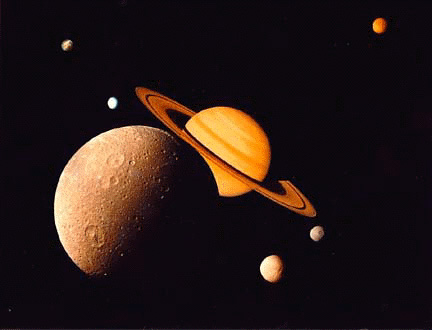








Themes
The AP World History course requires students to engage with the dynamics of continuity and change across the historical periods that are included in the course. Students should be taught to analyze the processes and causes involved in these continuities and changes. In order to do so, we focus on FIVE overarching themes which serve throughout the course as unifying threads, helping students to put what is particular about each period or society into a larger framework. The themes also provide ways to make comparisons over time and facilitate cross-period questions. Each theme should receive approximately equal attention over the course of the year.
-
Interaction between humans and the environment
- Demography and disease
- Migration*
- Patterns of settlement
- Technology
-
Development and interaction of cultures
- Religions
- Belief systems, philosophies, and ideologies
- Science and technology
- The arts and architecture
-
State-building, expansion, and conflict
- Political structures and forms of governance
- Empires
- Nations and nationalism
- Revolts and revolutions
- Regional, transregional, and global structures and organizations
-
Creation, expansion, and interaction of economic systems
- Agricultural and pastoral production
- Trade and commerce
- Labor systems
- Industrialization
- Capitalism and socialism
-
Development and transformation of social structures
- Gender roles and relations
- Family and kinship
- Racial and ethnic constructions
- Social and economic classes
**MIGRATION, both immigration (to a place) and emigration (from a place) has been selected for special focus this year.
***Surprise! The Multiple Choice questions on class tests as well as the AP Exam are based more on the WH Themes than they are on people, places, dates and events. A good strategy is to take a practice Multiple Choice test and label each question according to its WH Theme!








